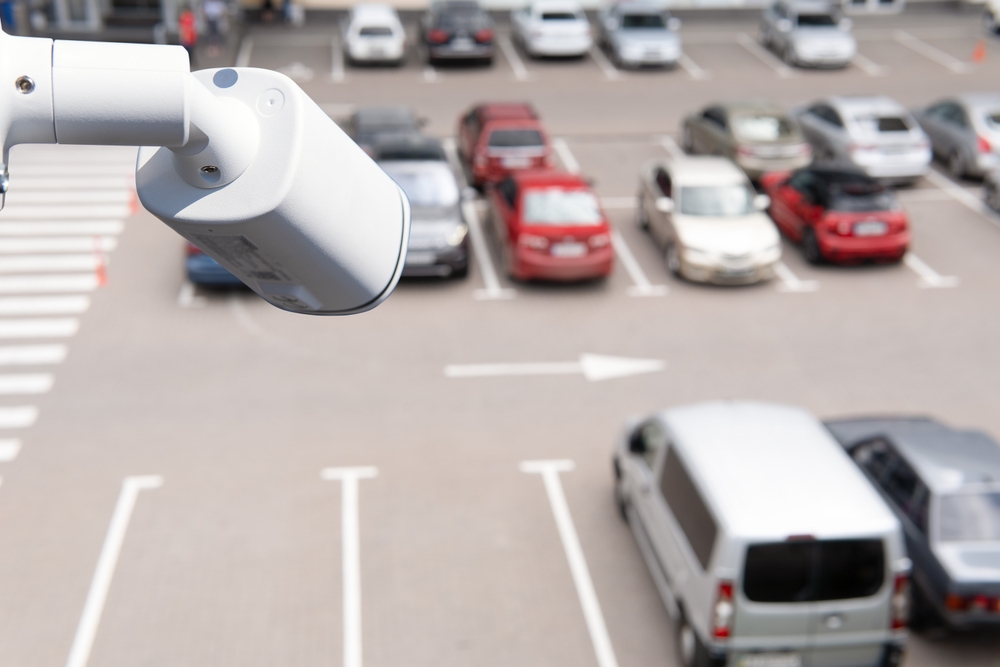A Guide to Selecting the Right Environmental Monitoring System
Environment monitoring systems play a crucial role in maintaining the health and safety of various facilities and residential properties by continuously tracking critical parameters. Choosing the right system for your business or home requires careful consideration of your specific monitoring needs, system features, and vendor support. In this article, we’ll guide you through the process of selecting the ideal environmental monitoring system for your facility or residence.
Assessing Your Monitoring Needs
The first step in selecting environmental monitoring systems is determining which parameters are essential for your business or home. These can include temperature, humidity, air quality, water leaks, and other factors relevant to your specific industry or living environment.
Evaluating Facility or Property Size and Layout
Consider the size and layout of your facility or property when determining your monitoring needs. Larger facilities or homes may require more sensors and a more complex system architecture, while smaller locations might benefit from a simpler setup.
Regulatory Compliance and Safety Standards
Ensure that the monitoring system you choose meets any regulatory compliance requirements specific to your industry or residential safety standards. Compliance can involve monitoring certain parameters, maintaining specific standards, or retaining data records for a set period.
Comparing System Features and Capabilities
Opt for an environmental monitoring system that can easily scale as your business grows or your residential needs change. Scalable systems allow for the addition of new sensors or the expansion of monitored areas without a complete system overhaul.
Data Collection and Analysis
A good monitoring system should offer comprehensive data collection and analysis features, enabling you to gain insights from the collected data, identify trends, and make informed decisions for your business or home.
Remote Access and Alerts
Choose a system that provides remote access to monitoring data and sends real-time alerts in case of parameter deviations. Remote access allows you to monitor your facility or residence from anywhere, while alerts ensure prompt response to potential issues.
Evaluating Vendor Support and Services
Select a vendor that offers robust technical support to assist with system setup, troubleshooting, and maintenance. Reliable support ensures that any issues are resolved quickly, minimizing potential downtime or discomfort in your home.
Training and Documentation
Choose a vendor that provides thorough training and documentation on system operation and maintenance. Comprehensive documentation and training ensure your team or family members can effectively utilize and maintain the system.
Warranty and Service Agreements
Review warranty and service agreement options offered by the vendor. A solid warranty and service agreement can provide peace of mind and protect your investment in the long run.
Conclusion
Selecting the right environment monitoring systems is essential for maintaining a safe and efficient facility or residential environment. By carefully assessing your monitoring needs, comparing system features and capabilities, and evaluating vendor support and services, you can find the ideal monitoring solution for your business or home. Investing in the right system will not only help protect your assets but also ensure compliance with industry standards or residential safety guidelines and contribute to your facility’s or home’s long-term success. For reliable and comprehensive environmental monitoring and other security needs, be sure to check out Vigilante Security to safeguard your facility or residence with confidence.

